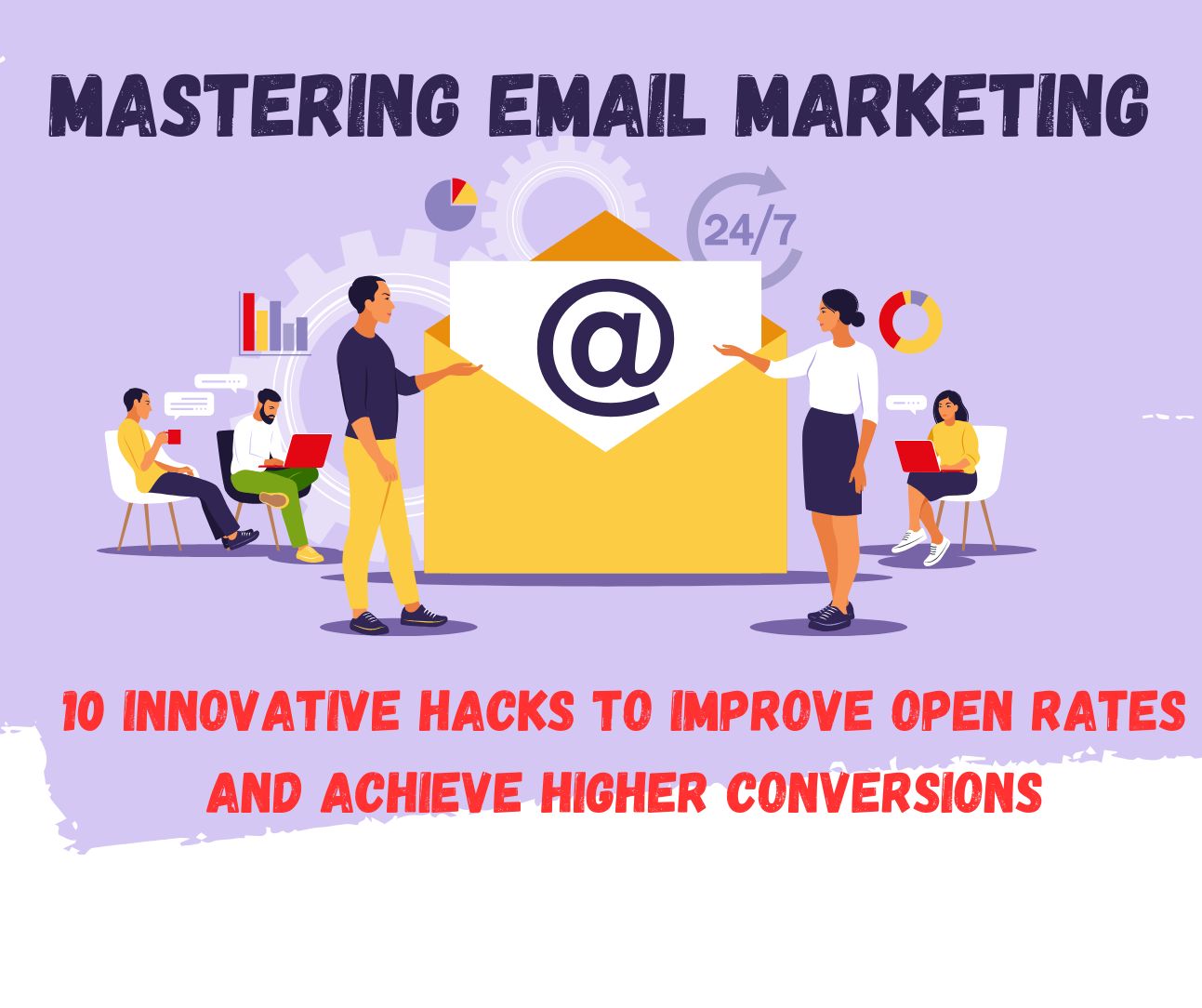Did you know that email marketing can bring in as much as $42 for every $1 spent? Yet, many emails end up in the trash. The problem? They don’t connect with people. You can use psychology to write better emails, get more opens, and boost sales.
This article dives into how to use psychology in email marketing. You’ll learn about understanding your audience, writing persuasive copy, using design to influence, and optimizing your sending times. Let’s get started!
Understanding Your Audience’s Mindset
To really connect, you have to know how folks think, what gets them going, and what makes them tick. This part will help you with cognitive biases, emotional triggers, and their needs. When you get this, your emails will be much better!
The Power of Cognitive Biases in Email Marketing
People don’t always think straight. Cognitive biases are mental shortcuts that can sway their decisions. Smart email marketers use these to their advantage.
- Loss Aversion: People hate losing out. Highlight what they’ll miss. “Don’t miss this deal!” is better than “Check out our deal.”
- Scarcity: Make it limited. “Only 3 left!” creates urgency, so customers are more likely to grab the deal before time runs out.
- Social Proof: Show it’s popular. “1,000 people bought this!” Everyone wants to know what the crowd loves, right?
Tapping into Emotional Triggers for Engagement
Emails aren’t just about info. They’re about feelings. Use these emotions to get folks clicking.
- Fear: Use it lightly. “Protect your account now!” is a good example.
- Joy: Show happy customers. Let people see how much other love what you offer.
- Curiosity: “Find out the secret!” Subject lines like this get clicks.
- Trust: Be real. Share real stories.
Understanding Motivations and Needs
What do your subscribers want? Segment your list. Send different emails based on interests. Give them what they want!
- Speak to their specific problems. If someone wants to lose weight, don’t send them emails about gaining muscle. It is that simple.
- Make it personal. Use their name and talk about stuff they care about.
The Art of Persuasive Email Copywriting
The words you use really matter. Here is how to write emails that get people to buy.
Crafting Subject Lines That Demand Attention
The subject line is your first shot. Nail it!
- Use strong words. “Grab yours now!” works well.
- Keep it short. Most folks skim on their phones.
- Test different lines. See what gets more opens.
Writing Body Copy That Connects and Converts
Make your email tell a story. People love a good tale.
- Talk about the good things your product does. Not just what it is.
- Keep it clear. No one wants to read a novel.
- Tell them what to do next. Make the call to action obvious!
The Psychology of Call-to-Action Buttons
The CTA button gets them to click. Make it count.
- Make it pop. Use a bright color.
- Put it where they can see it. Above the fold is great.
- Use words that make them want to click. “Get Started Now!” is a winner.
Leveraging Psychological Principles in Email Design
How your email looks is key. Design can change how folks feel.
The Impact of Visual Hierarchy on User Experience
Guide the eye. Make it easy to read.
- Use headings. Break up the text.
- Use pictures. Make it pretty!
- Lead the reader. What do you want them to see first?
The Psychology of Color in Email Marketing
Colors bring feelings. Pick them wisely.
- Match your brand. Keep it consistent.
- Know what colors mean. Red is exciting. Blue is calm.
- Highlight what’s important. Use color to draw the eye.
The Power of Imagery and Visual Storytelling
Pictures tell stories fast. Use great ones.
- Use real photos. Not cheesy stock images.
- Show people using your product.
- Make the pictures match your words.
Optimizing Email Sending Strategies
Timing is everything. Send emails when folks are ready to read.
The Best Time to Send Emails Based on Psychological Triggers
When are folks most open to your emails?
- Think about time zones.
- Test different times.
- Watch your numbers. See when you get the most clicks.
The Psychology of Email Frequency and Segmentation
How often should you email? It’s a tricky balance.
- Don’t bug people. Too many emails are bad.
- Segment your list. Send different emails to different groups.
- Give them reasons to stay. Offer cool stuff if they stick around.
Personalization Tactics That Go Beyond First Name
Go deeper than just a name. Know your customers!
- Use what you know. What did they buy before?
- Tailor the emails. Make them just for that person.
- Change things up. Use dynamic content.
Conclusion
Using psychology can change your email game. Know how people think, write great copy, design with purpose, and time your sends right.
Now, go try these tips! See how much better your emails can be.
